News
The 5 Greatest Horror Performances Not Nominated for Oscars
Why do performances in horror films receive less recognition, at Oscar time, than performances in films from other genres?
Is it because the horror director is often viewed, by audiences and critics, as the real star of these films, while the performances of the actors are often considered entirely irrelevant, secondary, to the film’s success. The Blair Witch Project and the original version of The Texas Chainsaw Massacre provide the most severe examples of this.
What is the best performance in a horror film from, say, the past twenty years? Angela Bettis in May? Chloe Grace Moretz in Let Me In? Was there any possibility of either of these great performances being recognized by the Academy? No. They didn’t have a snowball’s chance in hell.

There have, of course, been exceptions. Piper Laurie and Sissy Spacek were both nominated for their great performances in 1976’s Carrie. Kathy Bates won the Best Actress Oscar for 1990’s Misery. Anthony Hopkins and Jodie Foster both won Oscars for their performances in 1991’s The Silence of the Lambs.

Here are five great horror performances that weren’t even nominated for Oscars and deserved to be. They also deserved to win.
The Fly (1986)

There was serious talk of an Oscar nomination for Goldblum following The Fly’s release in 1986, and deservedly so. As Seth Brundle, a scientist whose experiments with teleportation led him to become genetically—fused with a fly, Goldblum achieves the tricky balance of making us feel sorry for Seth, and his worsening condition, while we are simultaneously terrified of him. Goldblum’s struggle to maintain a semblance of his humanity amidst the gradual disintegration that unfolds within his mind is endlessly fascinating and horrifying to the viewer.

The Fly is also a tragic love story. Seth is in a relationship with a woman, played by Geena Davis, and her doomed pregnancy embodies Seth’s tragedy and his overwhelming sense of loss—the loss of the woman he loves, their child, and his mind.
The duality of Seth’s transformation, the melding of man and fly, is revealed through Seth’s behavior, which becomes increasingly chaotic and uneven. That Goldblum, an actor best known for gonzo, offbeat roles throughout the 1980s, is able to generate so much sympathy for his character in the mind of the viewer is an amazing acting achievement.
Christopher Walken
The Dead Zone (1983)

Loss is also at the heart of The Dead Zone, which is one of the best—and the most overlooked—of the Stephen King adaptations. The Dead Zone is dominated by Christopher Walken’s lead performance, which is every bit as good and strong as his Oscar-winning role in The Deer Hunter.
Walken’s character, Johnny Smith, is a New England schoolteacher who has lost four years of life to a car accident that left him in a coma. He has lost more than time: The girlfriend he intended to marry has married another man and started a family. He’s lost his career. The car accident has ruined his legs and left him needing a cane. Friends have abandoned him. He has also been cursed with the ability of second sight—to be able to see the fates of others, which is made possible through physical contact.

It’s only after we have absorbed the depth of Johnny’s loss that The Dead Zone turns into a thriller. It’s an extremely effective thriller, precisely because it places its supernatural elements within believable situations, which are populated by a gallery of interesting supporting characters. Johnny is our guide, and Walken’s performance here—one of Walken’s last straight leading film roles, before he transitioned to crazy character roles, like the murderous father in 1986’s At Close Range—is so heartbreaking, and his character’s pain so identifiable, that we’re reminded of how few horror films take the time to make us care about their lead characters, and the unreal situations they find themselves trapped in, before they ask us to suspend disbelief.
Jack Nicholson
The Shining (1980)

There are some people, critics, who think Jack Nicholson’s performance in The Shining is over-the-top, forgetting that Nicholson was probably born that way.
The role of Jack Torrance serves as a monument to the carnivorous, naked, sordid aspects of Nicholson’s screen persona—in the 1970s and early 1980s—that went a long way towards establishing Nicholson’s reputation as, arguably, the greatest living American screen actor of the past fifty years.
There is Nicholson’s trademark smile, which has never been less reassuring. This is first visible in the film’s opening scene, where Jack—do we think of Nicholson, Hollywood’s ultimate wild genius, and Torrance as one and the same?—is driving through the Rockies with his wife and son, toward the Overlook Hotel.
During the drive, Torrance regaled his son, Danny, with the story of how early pioneers resorted to cannibalism to survive their harsh conditions. It is a story that Jack lingers over, too long, which alerts us—especially after multiple viewings—to the possibility that his transformation has already begun, if it ever ended.

Nicholson’s performance and the film’s set-pieces have, of course, entered cinematic folklore (“Wendy, baby, I think you hurt my head,” “I’m just going to bash your brains in!” “Here’s Johnny!”). However, it is the ordinariness of Jack Torrance that frightens us—the every man aspects of Jack Torrance that contrast the palpable combination of lust and madness that washes over his face later in the film.
The development of Torrance’s nightmare forces us to act out in our minds, to consider, all of the unspeakable things we fear that we’re capable of.
Nastassja Kinski
The Cat People (1982)

Centuries ago, when the world was a desert wasteland of orange sand, and the human race was in its infancy, leopards ruled over the pitiful band of humans, who were forced to enter a truly twisted bargain with the powerful beasts: The humans agreed to sacrifice their women to the leopards in exchange for being left alone.
Instead of killing the women, however, the leopards mingled with them, creating a new race: The Cat People.
Paul Schrader’s criminally—underrated, wonderfully—audacious film, a hyper—stylized remake of the 1942 classic, tells its story through the feline—like eyes of Nastassja Kinski, who plays Irena, one of the two remaining cat people in the present.

Although she has the appearance of a beautiful woman, Irena’s lineage makes her a dangerous sexual partner: When the cat people reach orgasm, they turn into black leopards and kill their human lovers.
Kinski, who seemed destined for superstardom in the early 1980s, is endlessly inventive and suggestive in her approach to the character of Irena, who appears as a normal, shy woman—with heightened elasticity in her limbs—whose body and mind always seem to be in different places.
In the film, she travels to New Orleans to see her brother, played by Malcolm McDowell, who explains to her their shared curse and suggests that they engage in incest—the only way out for both of them. She falls in love with a zookeeper, played by John Heard, who, knowing all of her secrets, is still willing to sleep with her at the end of the film, as we are.
Jamie Lee Curtis
Halloween (1978)

Jamie Lee Curtis became so identified with the moniker of “scream queen” in the period that followed the release of Halloween that it’s easy to forget how crucial her performance is to the success of the film.
With the exception of Curtis’s Laurie Strode and Donald Pleasence’s obsessive psychiatrist, Sam Loomis, the rest of the characters in the film—particularly the roles of Annie and Lynda, Laurie’s two best friends—were meant to be ordinary types, which was entirely appropriate to the material. Laurie herself seems to fit this description—a shy, virginal teenager who has never been on a date.
But it is through Laurie that the terror unfolds, precisely because she is a virgin. Her sexual repression makes her hyperaware of the presence of Michael Myers, who has spent fifteen years inside a mental institution and, it can be assumed, is also a virgin. Curtis, who was not a virgin herself by the time she was seventeen, looked like this average girl, which made her accessible to the audience, all of whom could relate to her.

Curtis, like Laurie, did not think she was at all beautiful during her scream queen career. In the role of Laurie Strode, Curtis demonstrated the qualities that defined her scream queen persona: capability, honesty, and vulnerability.
She was attractive without seeming unreal, or being at all intimidating in her physical appearance, and she was entirely believable as this normal human being. She never comes across as the product of Hollywood glamour that Curtis was in real life.
Like Halloween, Curtis and Laurie Strode have entered the realm of immortality. While Curtis is cinema’s ultimate scream queen, Laurie Strode is the horror genre’s prototypical heroine.
'Civil War' Review: Is It Worth Watching?
Follow our new YouTube channel "Mysteries and Movies" here.

Movies
‘Evil Dead’ Film Franchise Getting TWO New Installments
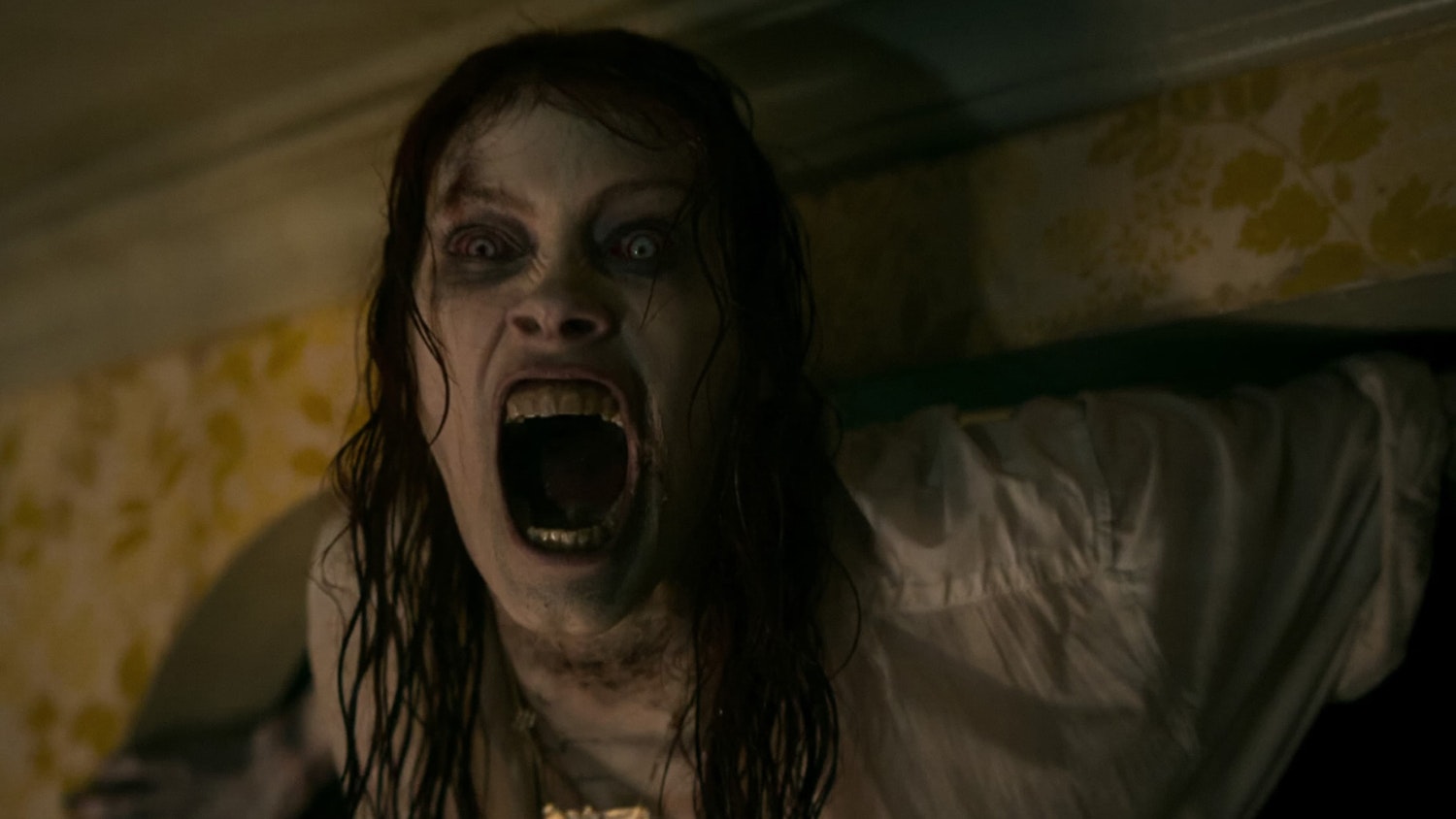
It was a risk for Fede Alvarez to reboot Sam Raimi’s horror classic The Evil Dead in 2013, but that risk paid off and so did its spiritual sequel Evil Dead Rise in 2023. Now Deadline is reporting that the series is getting, not one, but two fresh entries.
We already knew about the Sébastien Vaniček upcoming film that delves into the Deadite universe and should be a proper sequel to the latest film, but we are broadsided that Francis Galluppi and Ghost House Pictures are doing a one-off project set in Raimi’s universe based off of an idea that Galluppi pitched to Raimi himself. That concept is being kept under wraps.

“Francis Galluppi is a storyteller who knows when to keep us waiting in simmering tension and when to hit us with explosive violence,” Raimi told Deadline. “He is a director that shows uncommon control in his feature debut.”
That feature is titled The Last Stop In Yuma County which will release theatrically in the United States on May 4. It follows a traveling salesman, “stranded at a rural Arizona rest stop,” and “is thrust into a dire hostage situation by the arrival of two bank robbers with no qualms about using cruelty-or cold, hard steel-to protect their bloodstained fortune.”
Galluppi is an award-winning sci-fi/horror shorts director whose acclaimed works include High Desert Hell and The Gemini Project. You can view the full edit of High Desert Hell and the teaser for Gemini below:
'Civil War' Review: Is It Worth Watching?
Follow our new YouTube channel "Mysteries and Movies" here.
Movies
‘Invisible Man 2’ Is “Closer Than Its Ever Been” to Happening

Elisabeth Moss in a very well-thought-out statement said in an interview for Happy Sad Confused that even though there have been some logistical issues for doing Invisible Man 2 there is hope on the horizon.
Podcast host Josh Horowitz asked about the follow-up and if Moss and director Leigh Whannell were any closer to cracking a solution to getting it made. “We are closer than we have ever been to cracking it,” said Moss with a huge grin. You can see her reaction at the 35:52 mark in the below video.
Whannell is currently in New Zealand filming another monster movie for Universal, Wolf Man, which might be the spark that ignites Universal’s troubled Dark Universe concept which hasn’t gained any momentum since Tom Cruise’s failed attempt at resurrecting The Mummy.
Also, in the podcast video, Moss says she is not in the Wolf Man film so any speculation that it’s a crossover project is left in the air.
Meanwhile, Universal Studios is in the middle of constructing a year-round haunt house in Las Vegas which will showcase some of their classic cinematic monsters. Depending on attendance, this could be the boost the studio needs to get audiences interested in their creature IPs once more and to get more films made based on them.
The Las Vegas project is set to open in 2025, coinciding with their new proper theme park in Orlando called Epic Universe.
'Civil War' Review: Is It Worth Watching?
Follow our new YouTube channel "Mysteries and Movies" here.
News
Jake Gyllenhaal’s Thriller ‘Presumed Innocent’ Series Gets Early Release Date
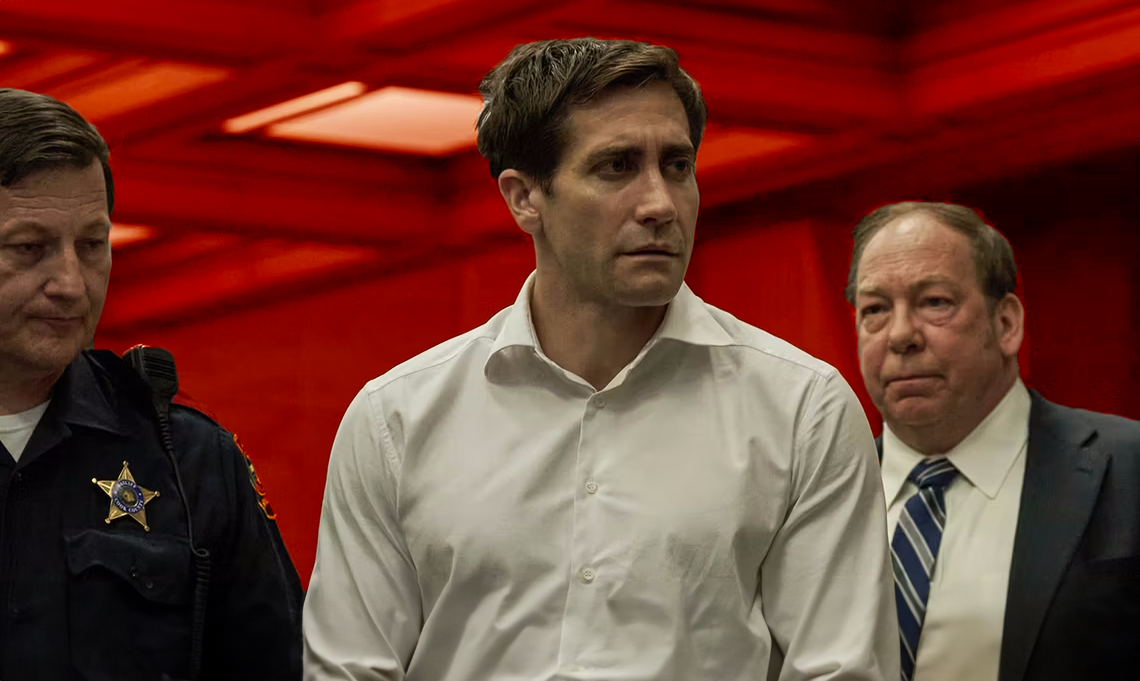
Jake Gyllenhaal’s limited series Presumed Innocent is dropping on AppleTV+ on June 12 instead of June 14 as originally planned. The star, whose Road House reboot has brought mixed reviews on Amazon Prime, is embracing the small screen for the first time since his appearance on Homicide: Life on the Street in 1994.
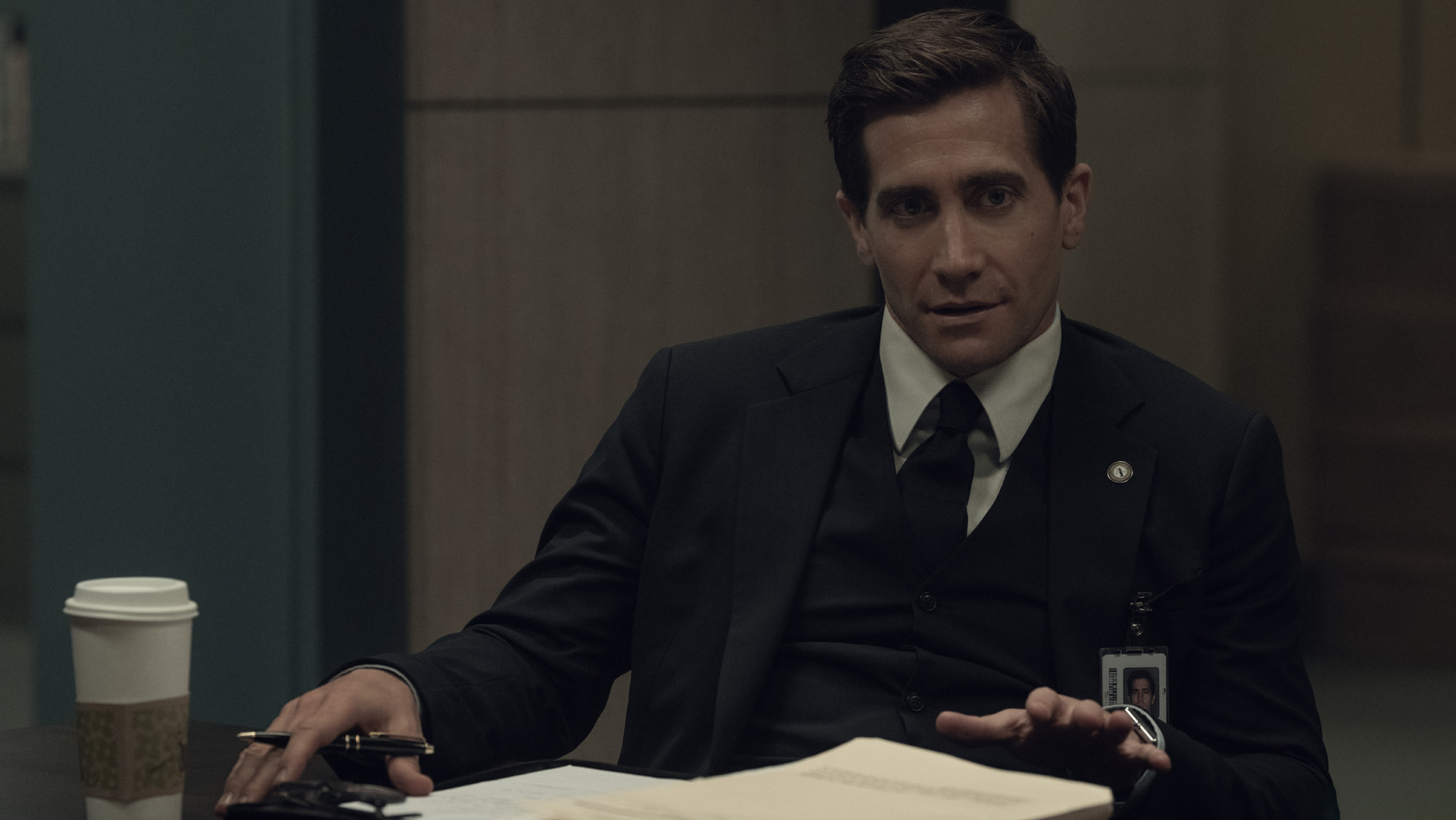
Presumed Innocent is being produced by David E. Kelley, J.J. Abrams’ Bad Robot, and Warner Bros. It is an adaptation of Scott Turow’s 1990 film in which Harrison Ford plays a lawyer doing double duty as an investigator looking for the murderer of his colleague.
These types of sexy thrillers were popular in the ’90s and usually contained twist endings. Here’s the trailer for the original:
According to Deadline, Presumed Innocent doesn’t stray far from the source material: “…the Presumed Innocent series will explore obsession, sex, politics and the power and limits of love as the accused fights to hold his family and marriage together.”
Up next for Gyllenhaal is the Guy Ritchie action movie titled In the Grey scheduled for release in January 2025.
Presumed Innocent is an eight-episode limited series set to stream on AppleTV+ starting June 12.
'Civil War' Review: Is It Worth Watching?
Follow our new YouTube channel "Mysteries and Movies" here.
-

 News5 days ago
News5 days agoOriginal Blair Witch Cast Ask Lionsgate for Retroactive Residuals in Light of New Film
-
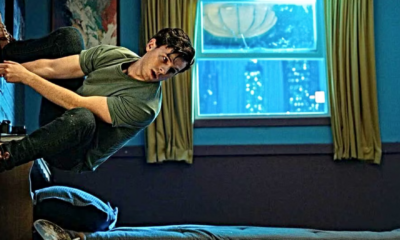
 Movies6 days ago
Movies6 days agoSpider-Man With a Cronenberg Twist in This Fan-Made Short
-
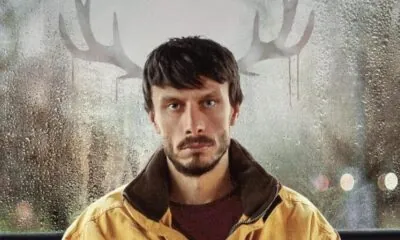
 News3 days ago
News3 days agoPerhaps the Scariest, Most Disturbing Series of The Year
-
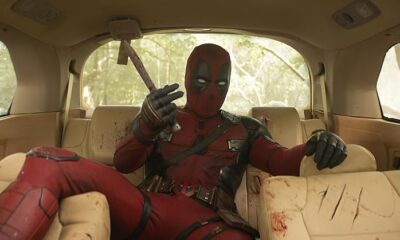
 Movies4 days ago
Movies4 days agoNew F-Bomb Laden ‘Deadpool & Wolverine’ Trailer: Bloody Buddy Movie
-

 News4 days ago
News4 days agoRussell Crowe To Star in Another Exorcism Movie & It’s Not a Sequel
-

 Movies4 days ago
Movies4 days ago‘Founders Day’ Finally Getting a Digital Release
-
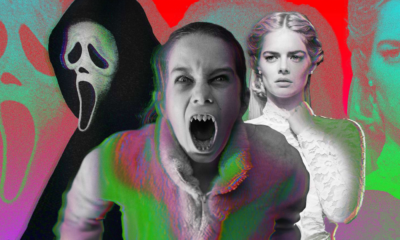
 Lists3 days ago
Lists3 days agoThrills and Chills: Ranking ‘Radio Silence’ Films from Bloody Brilliant to Just Bloody
-
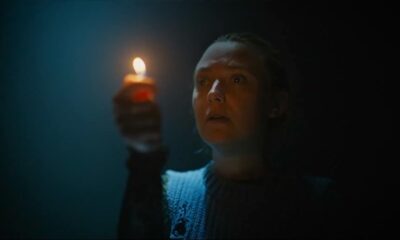
 Movies4 days ago
Movies4 days agoNew ‘The Watchers’ Trailer Adds More to the Mystery


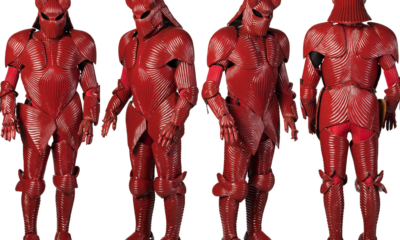

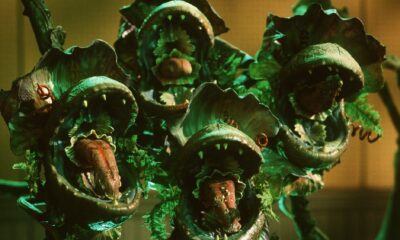























You must be logged in to post a comment Login